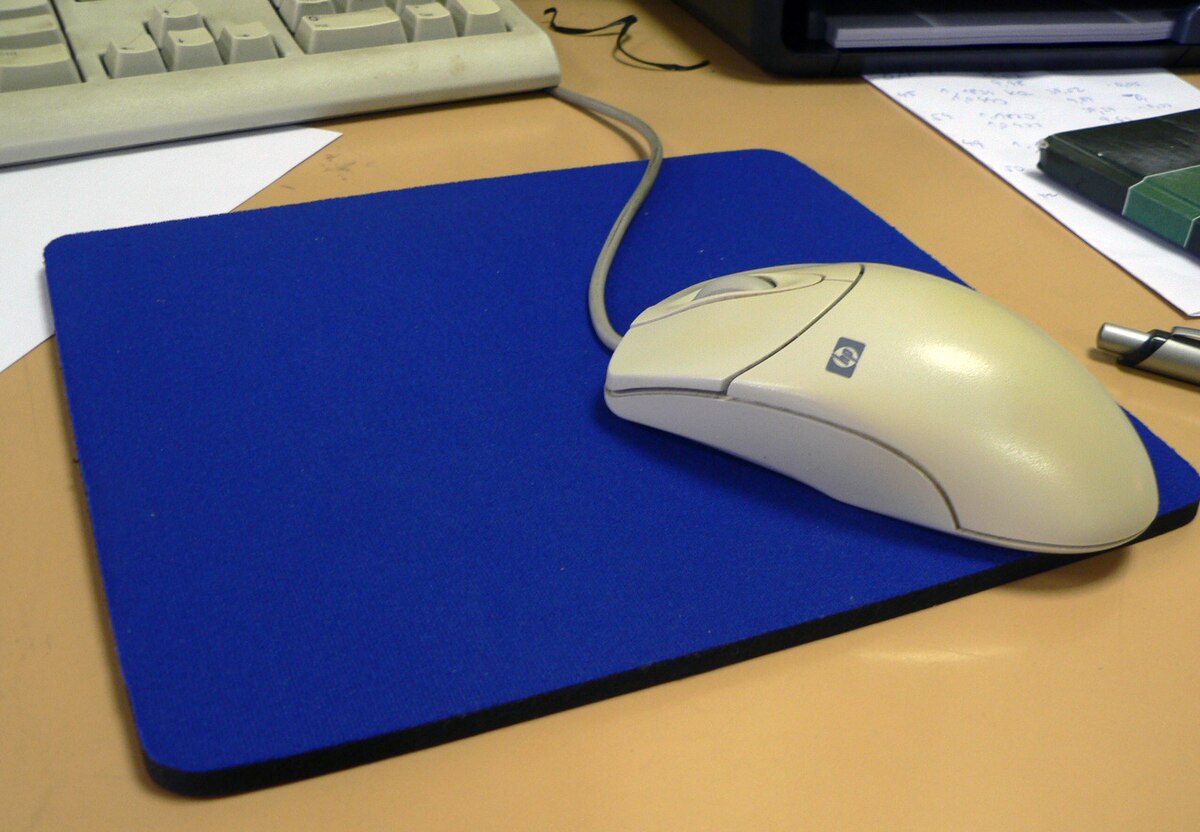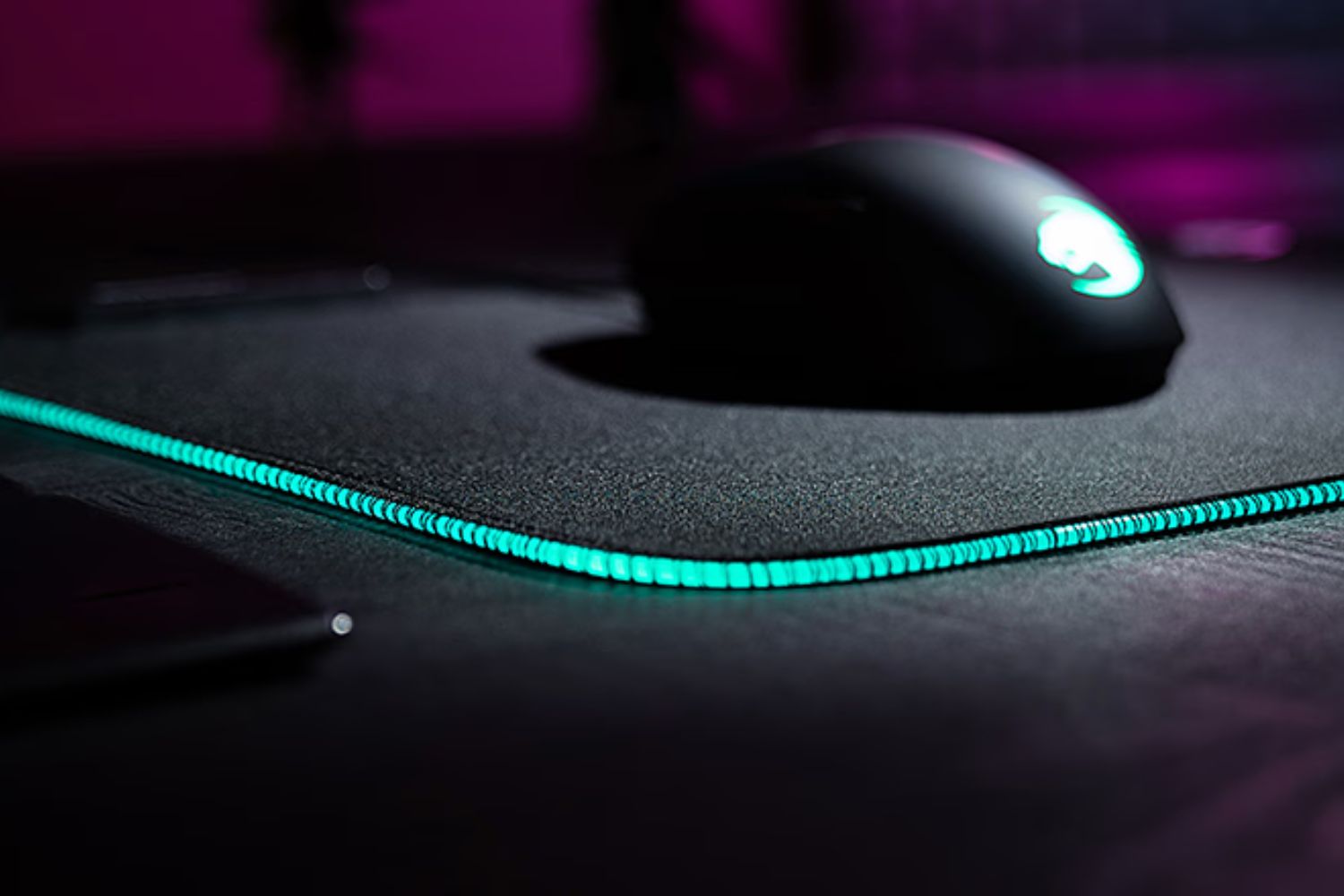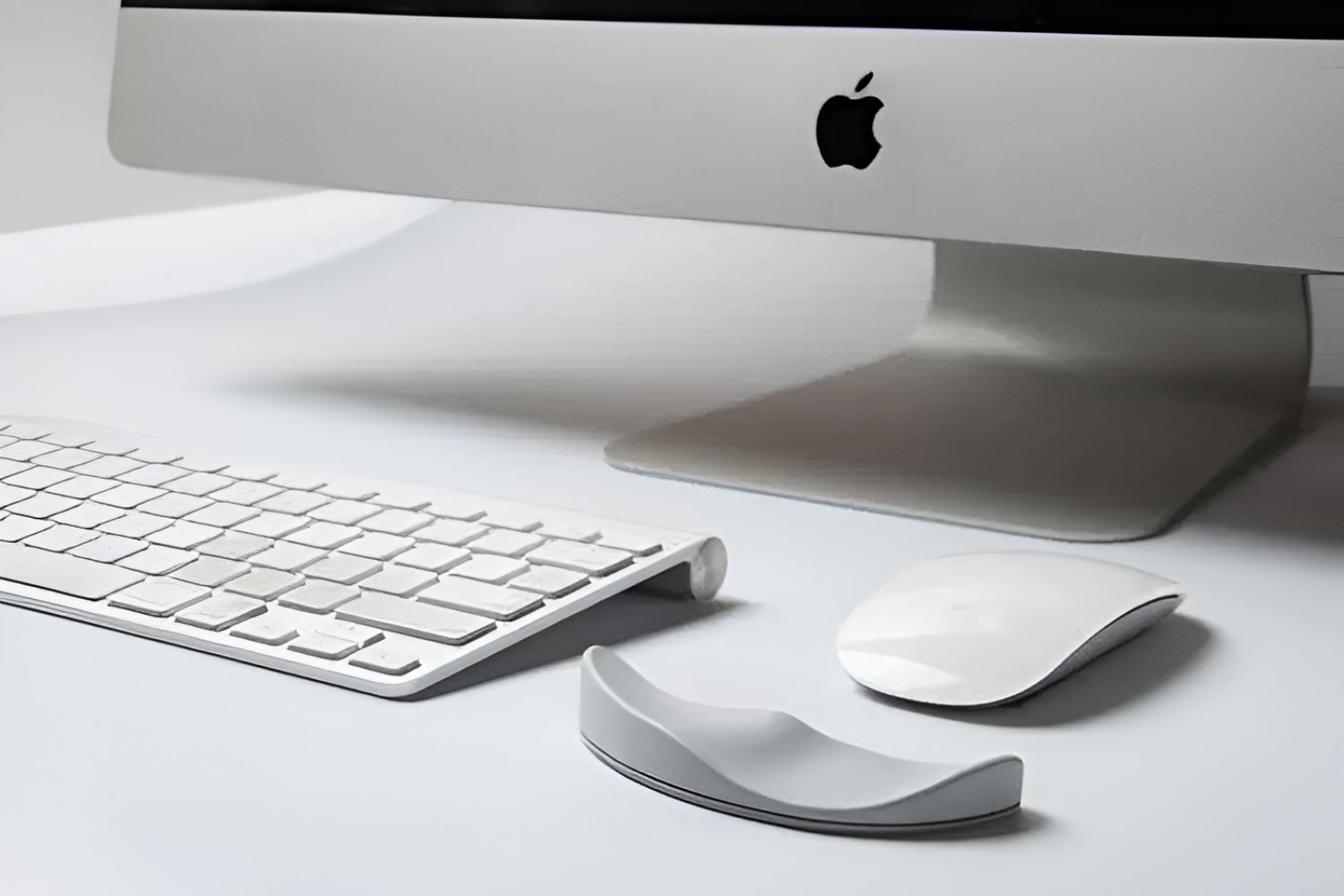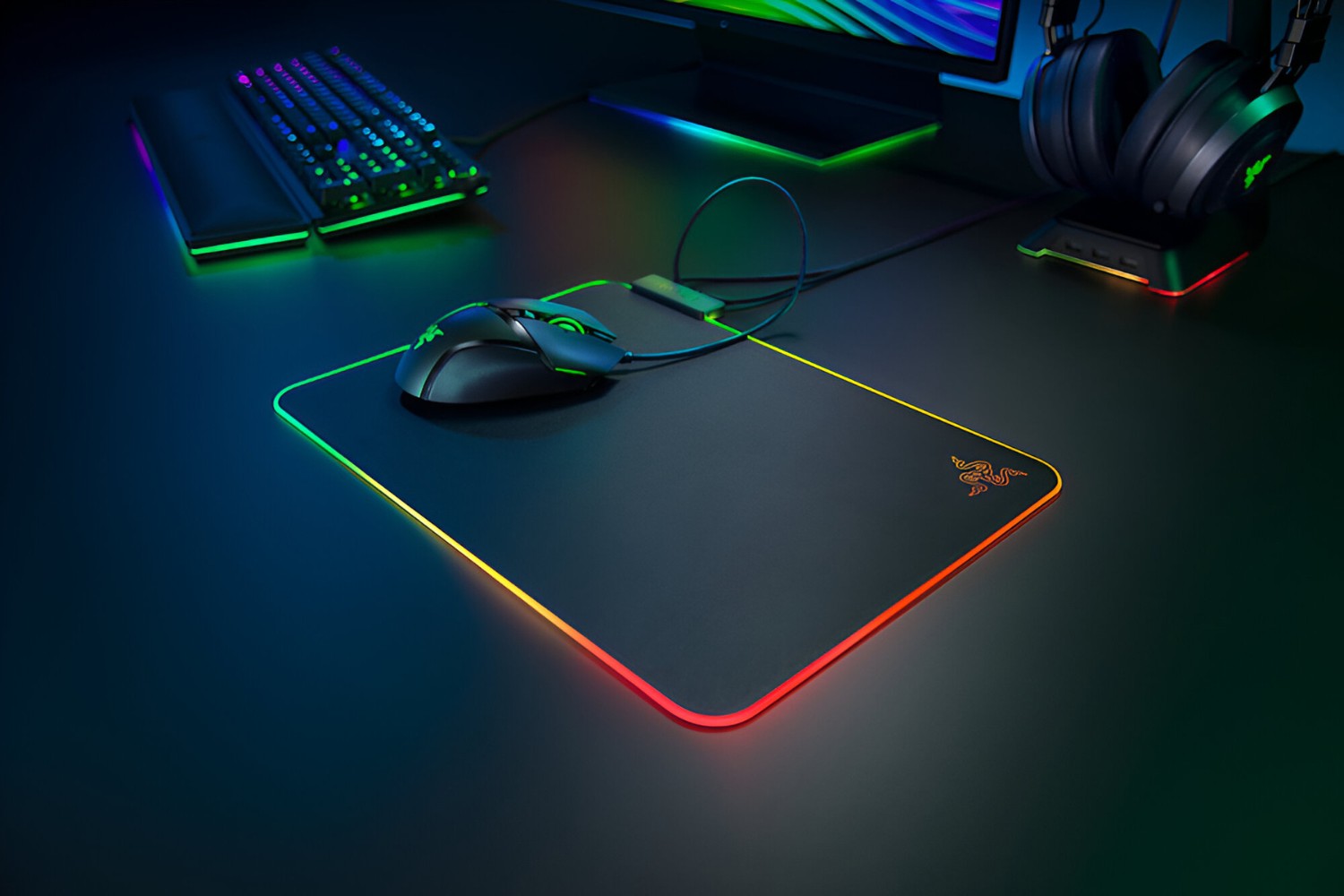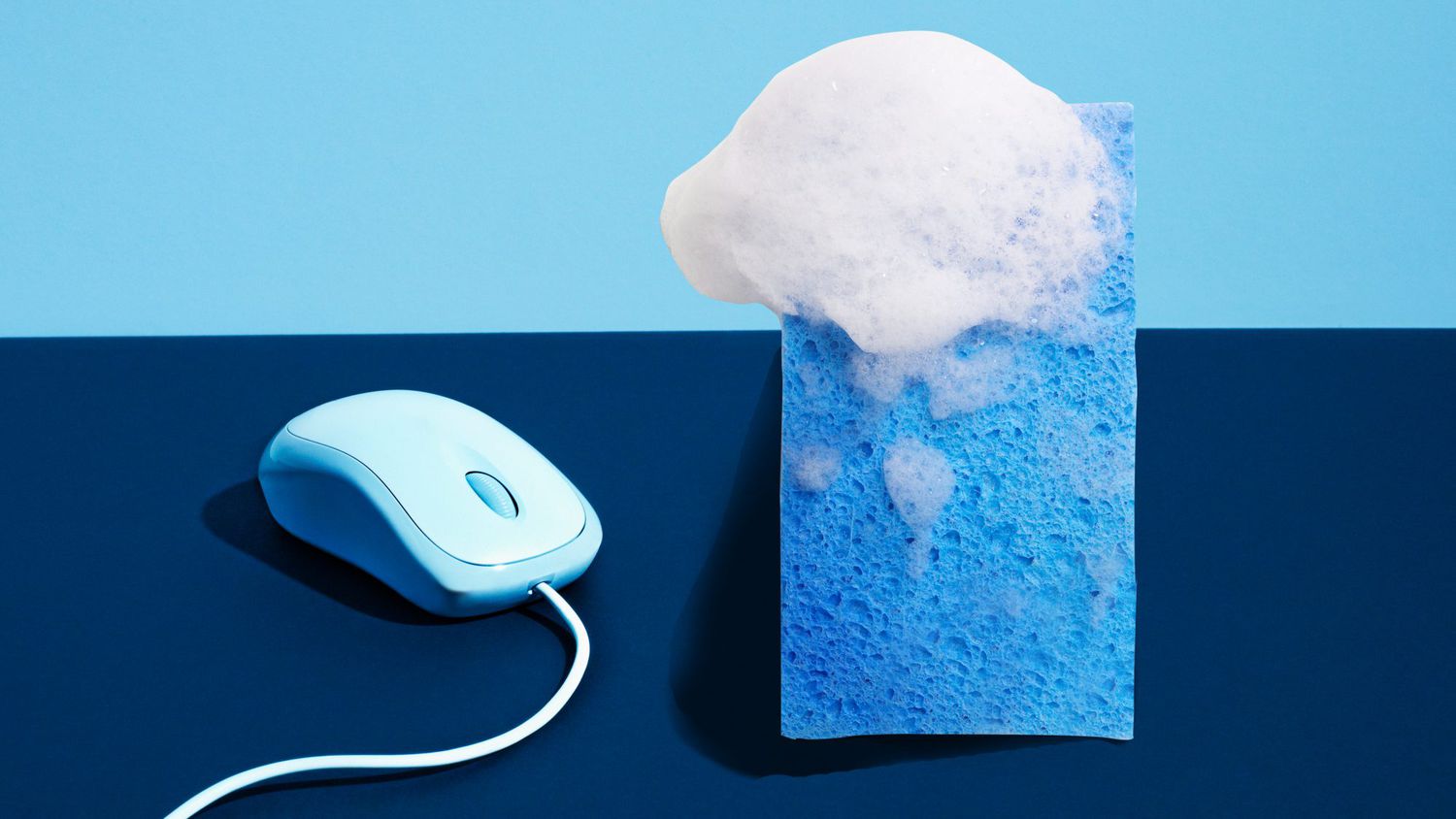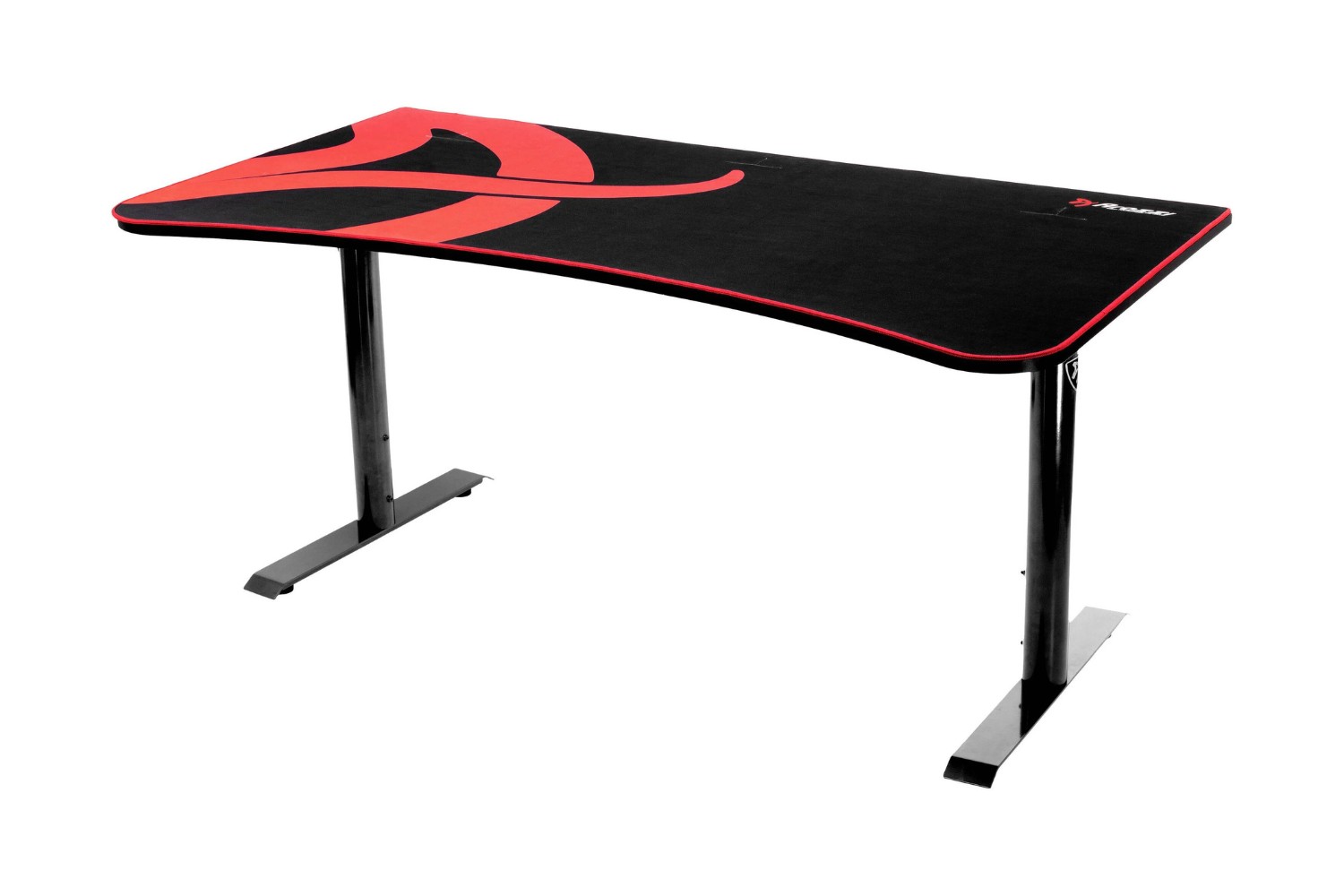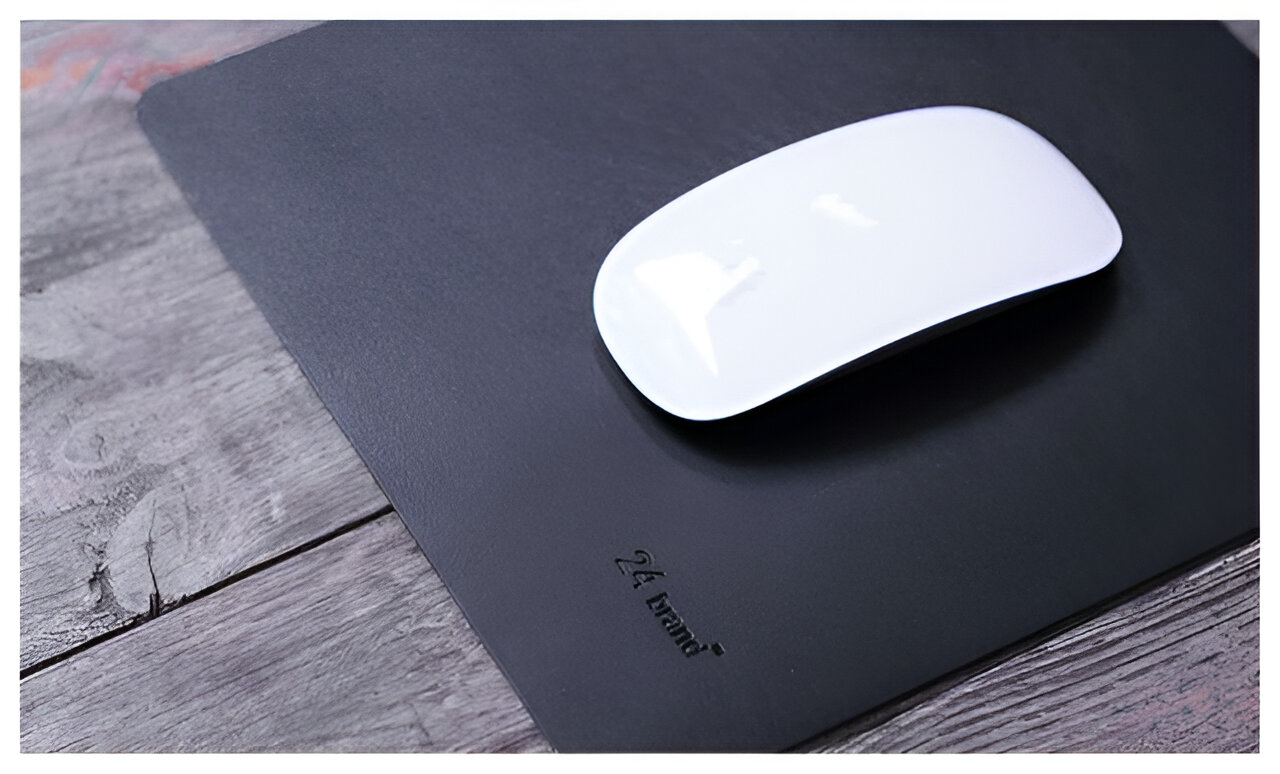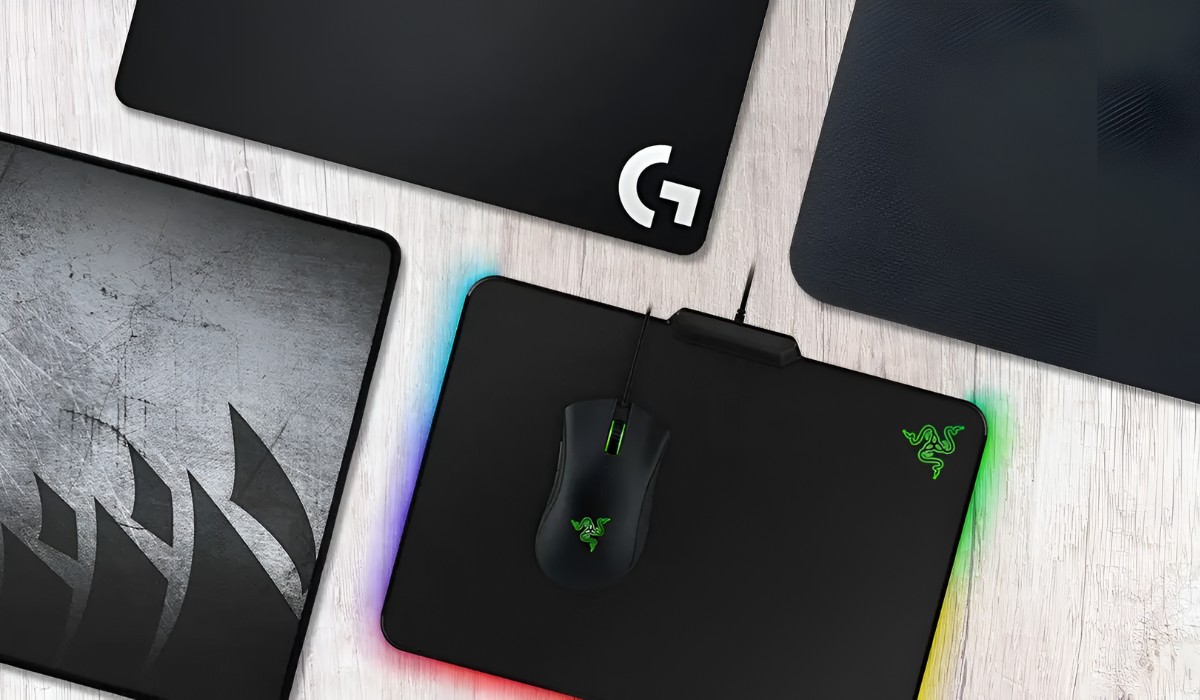Introduction
Introduction
When it comes to using a computer, having a reliable and comfortable mouse pad is essential for a smooth and efficient experience. A mouse pad not only provides a surface for the mouse to glide on but also protects the desk or table from scratches. While traditional mouse pads are widely available, there are also non-traditional options and do-it-yourself (DIY) alternatives that cater to various preferences and needs. Additionally, there are alternative options that can serve the purpose of a mouse pad, making it possible to navigate the digital world with ease.
In this article, we will explore the diverse range of options available for mouse pads, catering to different preferences, styles, and budgets. Whether you prefer a classic mouse pad, a non-traditional alternative, a DIY creation, or an unconventional option, there are numerous choices to consider. By delving into the world of mouse pads, you can discover the perfect solution that aligns with your unique requirements and enhances your overall computing experience. Let's embark on a journey to explore the myriad possibilities for finding the ideal mouse pad solution.
Traditional Mouse Pads
Traditional Mouse Pads
Traditional mouse pads have been a staple accessory for computer users for decades, offering a reliable and familiar surface for optimal mouse performance. These classic mouse pads are typically made of foam rubber or fabric, providing a smooth and consistent texture for the mouse to glide on. The surface of a traditional mouse pad is designed to enhance cursor accuracy and responsiveness, making it ideal for tasks that require precision, such as graphic design, gaming, and intricate digital work.
One of the key benefits of traditional mouse pads is their ability to prevent scratches and damage to the underlying desk or table surface. By providing a protective barrier, these mouse pads help maintain the integrity of the workspace while ensuring a comfortable and controlled mousing experience. Additionally, traditional mouse pads come in a variety of sizes, shapes, and designs, allowing users to personalize their computing environment and express their individual style.
For those seeking additional features, some traditional mouse pads are equipped with ergonomic wrist rests to promote a more comfortable and natural hand position during extended computer use. These integrated wrist rests can help reduce strain and fatigue, enhancing overall comfort and productivity. Furthermore, traditional mouse pads are widely available at affordable prices, making them a practical and accessible accessory for computer users of all ages and backgrounds.
Overall, traditional mouse pads continue to be a popular choice for individuals seeking a reliable, durable, and customizable surface for their computer mouse. With their time-tested design and versatility, traditional mouse pads remain a go-to option for those who value performance, comfort, and personalization in their computing setup.
Non-Traditional Mouse Pads
While traditional mouse pads offer a familiar and reliable surface for mouse navigation, non-traditional mouse pads present innovative and unconventional alternatives that cater to diverse preferences and needs. These non-traditional options encompass a wide range of materials, designs, and functionalities, providing users with unique and customizable choices for their computing setup.
Silicone mouse pads, for example, feature a smooth and durable surface that offers exceptional mouse tracking while also serving as a heat-resistant and waterproof barrier. The flexibility and resilience of silicone make it an ideal material for mouse pads, ensuring long-lasting performance and easy maintenance. Additionally, silicone mouse pads often incorporate creative and visually appealing designs, adding a touch of personality to the workspace.
For individuals seeking a multi-functional solution, mouse pads with built-in wireless charging capabilities are a compelling non-traditional option. These innovative pads not only provide a smooth surface for mouse movement but also serve as a convenient charging station for compatible wireless devices, such as smartphones and wireless earbuds. This integration of functionality allows users to streamline their workspace and reduce cable clutter while enjoying the benefits of efficient mouse navigation and device charging.
Furthermore, non-traditional mouse pads extend beyond conventional shapes and sizes, offering ergonomic and specialized designs to accommodate specific user preferences. Some non-traditional pads feature extended surfaces that provide ample space for both the mouse and keyboard, promoting a unified and seamless mousing and typing experience. Others are equipped with integrated memory foam wrist rests to enhance comfort during prolonged computer use, addressing ergonomic concerns and promoting a more relaxed and natural hand position.
Overall, non-traditional mouse pads expand the possibilities for users to customize and optimize their computing environment. By embracing innovative materials, functionalities, and designs, these non-traditional options offer a refreshing and versatile approach to mouse pad selection, catering to the diverse needs and preferences of modern computer users.
DIY Mouse Pads
For those who enjoy adding a personal touch to their workspace or prefer a budget-friendly alternative, do-it-yourself (DIY) mouse pads offer a creative and customizable solution. DIY mouse pads enable individuals to craft unique and functional mouse surfaces using accessible materials and simple crafting techniques, allowing for personalized designs and tailored specifications.
One popular approach to creating a DIY mouse pad involves repurposing materials such as fabric, cork, or felt to construct a custom surface. By selecting a durable and smooth fabric or cork sheet, individuals can cut it to the desired size and shape, ensuring compatibility with their workspace and mousing preferences. This DIY method allows for the incorporation of personalized patterns, colors, and textures, enabling users to infuse their mouse pad with individual flair and creativity.
Another DIY option involves utilizing printable fabric sheets or iron-on transfer paper to apply custom designs or artwork to the mouse pad surface. This technique allows for the integration of personalized images, graphics, or patterns, transforming the mouse pad into a unique and visually engaging accessory that reflects the user’s style and interests.
Furthermore, individuals with a penchant for crafting and customization can explore the possibility of adding additional features to their DIY mouse pads, such as integrated wrist rests, gel padding, or non-slip backing. These enhancements can be tailored to individual ergonomic needs and comfort preferences, providing a personalized and functional solution that aligns with specific usage requirements.
DIY mouse pads not only offer a creative outlet for self-expression but also provide an environmentally conscious and cost-effective alternative to commercially available options. By repurposing materials and exercising creativity, individuals can create personalized mouse pads that reflect their unique personality and contribute to a more sustainable approach to workspace accessories.
Alternative Options for Mouse Pads
Aside from traditional and non-traditional mouse pads, several alternative options can serve as effective mouse surfaces, catering to diverse needs and preferences. These unconventional alternatives offer versatility and functionality, providing users with creative solutions for their mousing requirements.
Desk mats, also known as desk pads or desk blotters, offer a spacious and protective surface for both mouse navigation and general workspace organization. These large, cushioned mats not only provide ample space for mouse movement but also protect the underlying desk or table from scratches and spills. Additionally, desk mats often feature integrated storage pockets, calendar inserts, or writing surfaces, enhancing their utility and versatility as comprehensive workspace accessories.
Another alternative option is the use of smooth and durable materials such as tempered glass or acrylic sheets as mouse surfaces. These materials offer exceptional durability and ease of maintenance, ensuring a consistent and reliable mousing experience. Additionally, the sleek and modern aesthetic of glass or acrylic surfaces can complement contemporary workspaces while providing a resilient and low-friction environment for precise mouse control.
For individuals seeking a portable and adaptable solution, portable mouse pads or travel mouse surfaces offer a compact and convenient option for on-the-go computing. These foldable or roll-up pads are designed to provide a smooth and stable mousing surface while being easily transportable, making them ideal for use with laptops or in temporary work environments. Despite their compact size, portable mouse pads deliver reliable performance and protection for the mouse and the underlying work surface.
Furthermore, some individuals may opt to use specialized gaming mouse pads, which are designed to cater to the specific demands of gaming enthusiasts. These pads often feature high-density, low-friction surfaces for precise tracking and maneuvering, catering to the fast-paced and precision-oriented nature of gaming. Additionally, gaming mouse pads may incorporate customizable lighting, extra-large dimensions, or specialized textures to enhance the gaming experience and performance.
Overall, the diverse array of alternative options for mouse pads provides users with a range of choices to suit their unique preferences, workspace requirements, and mobility needs. By exploring these unconventional alternatives, individuals can discover innovative and adaptable solutions that elevate their computing experience and complement their individual style and functionality preferences.







